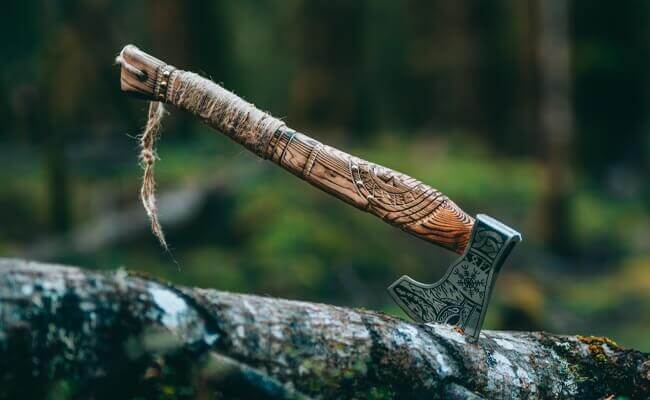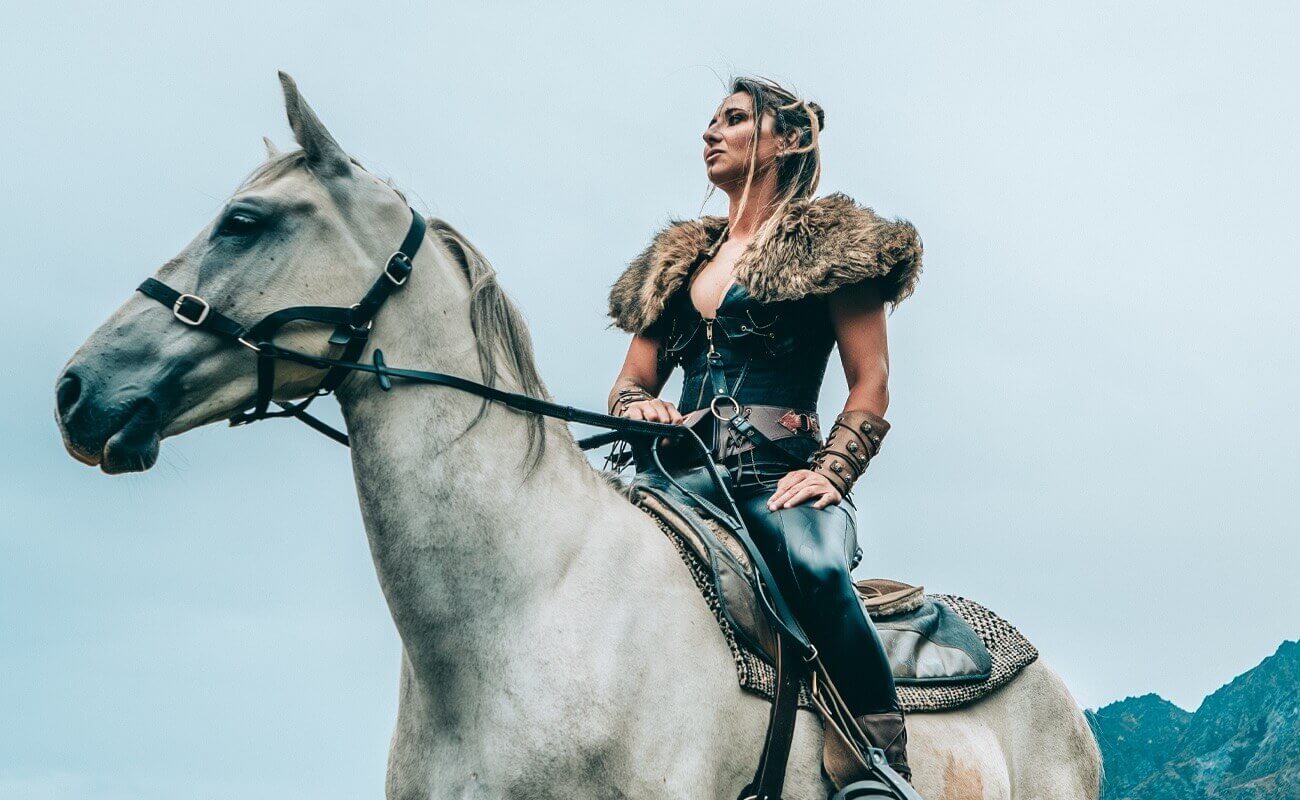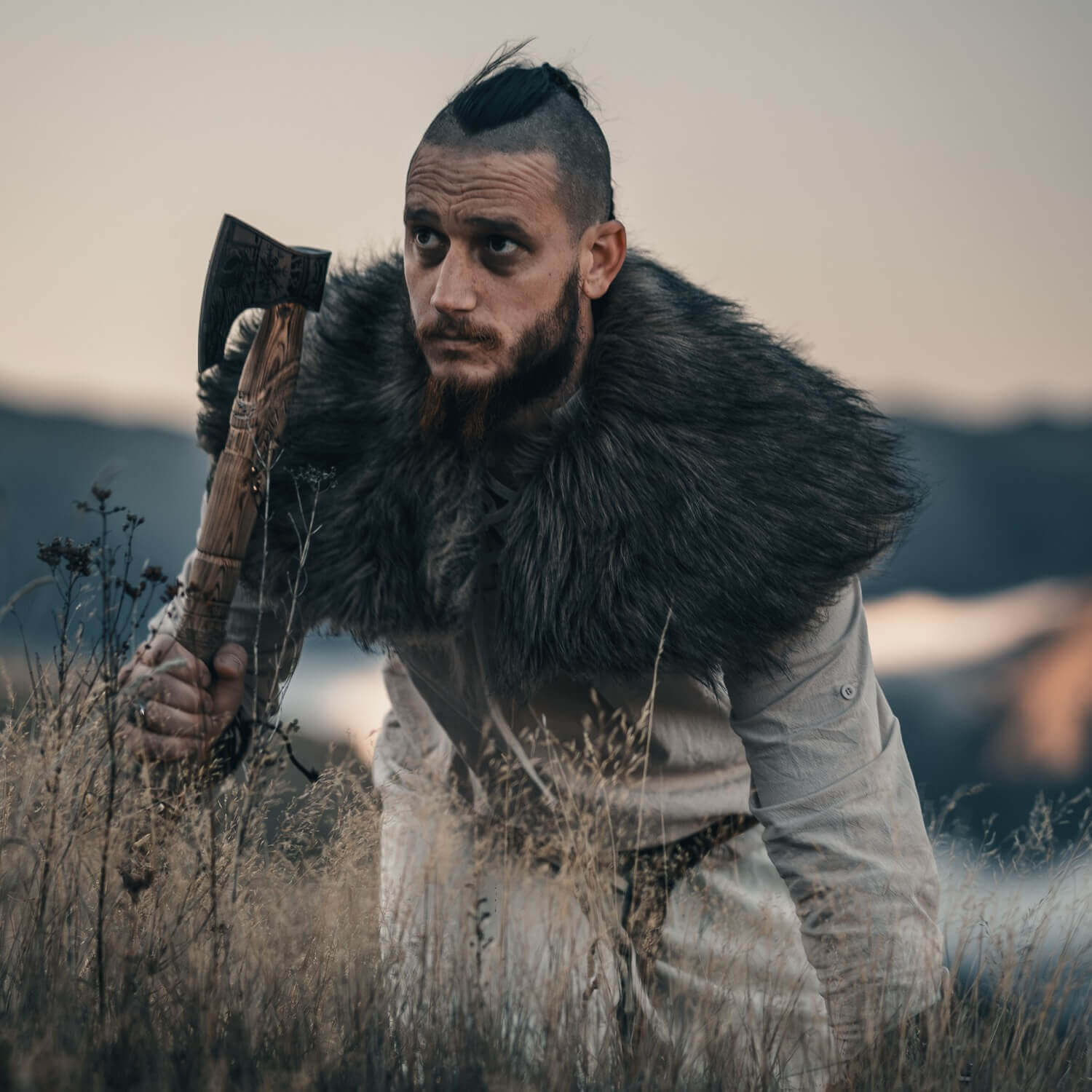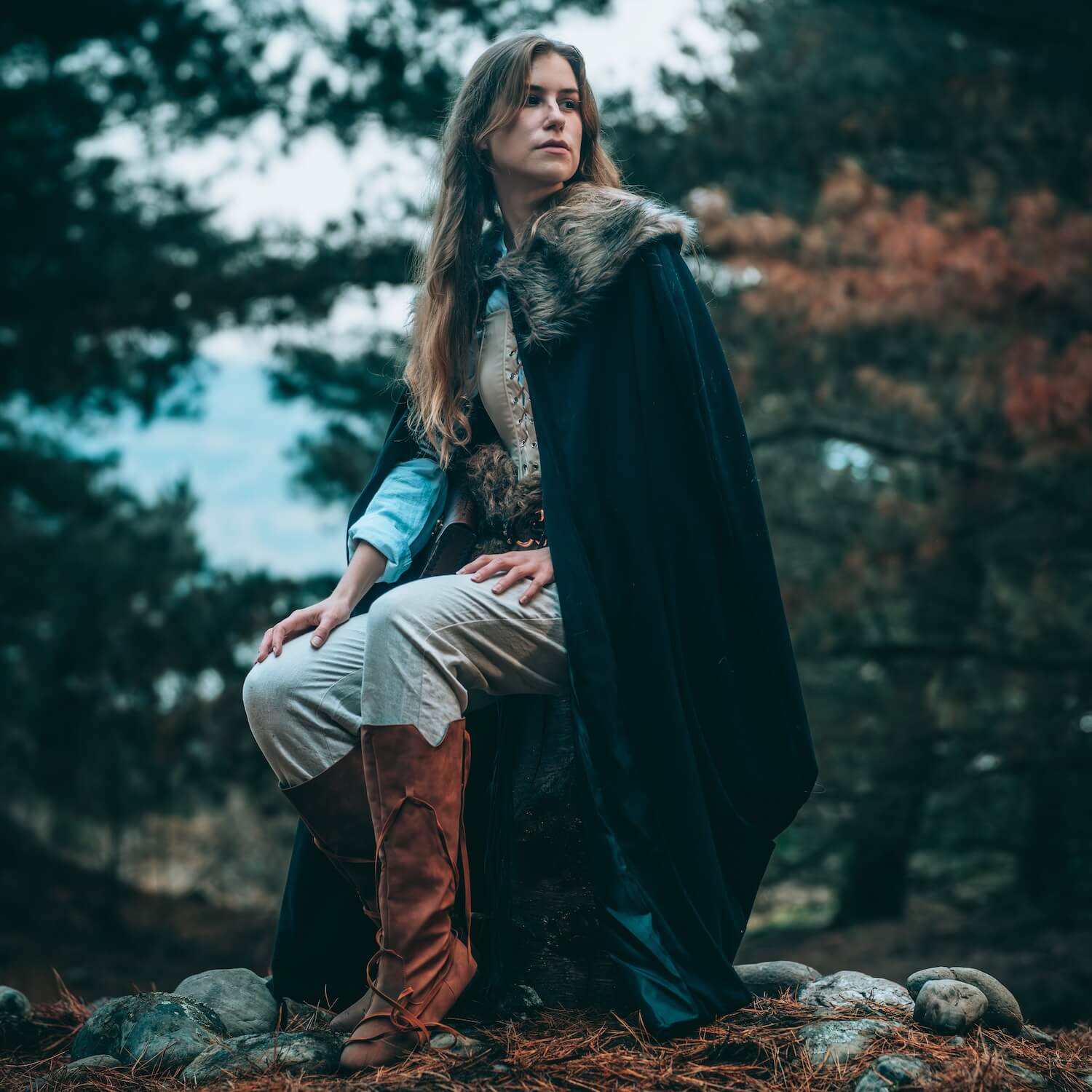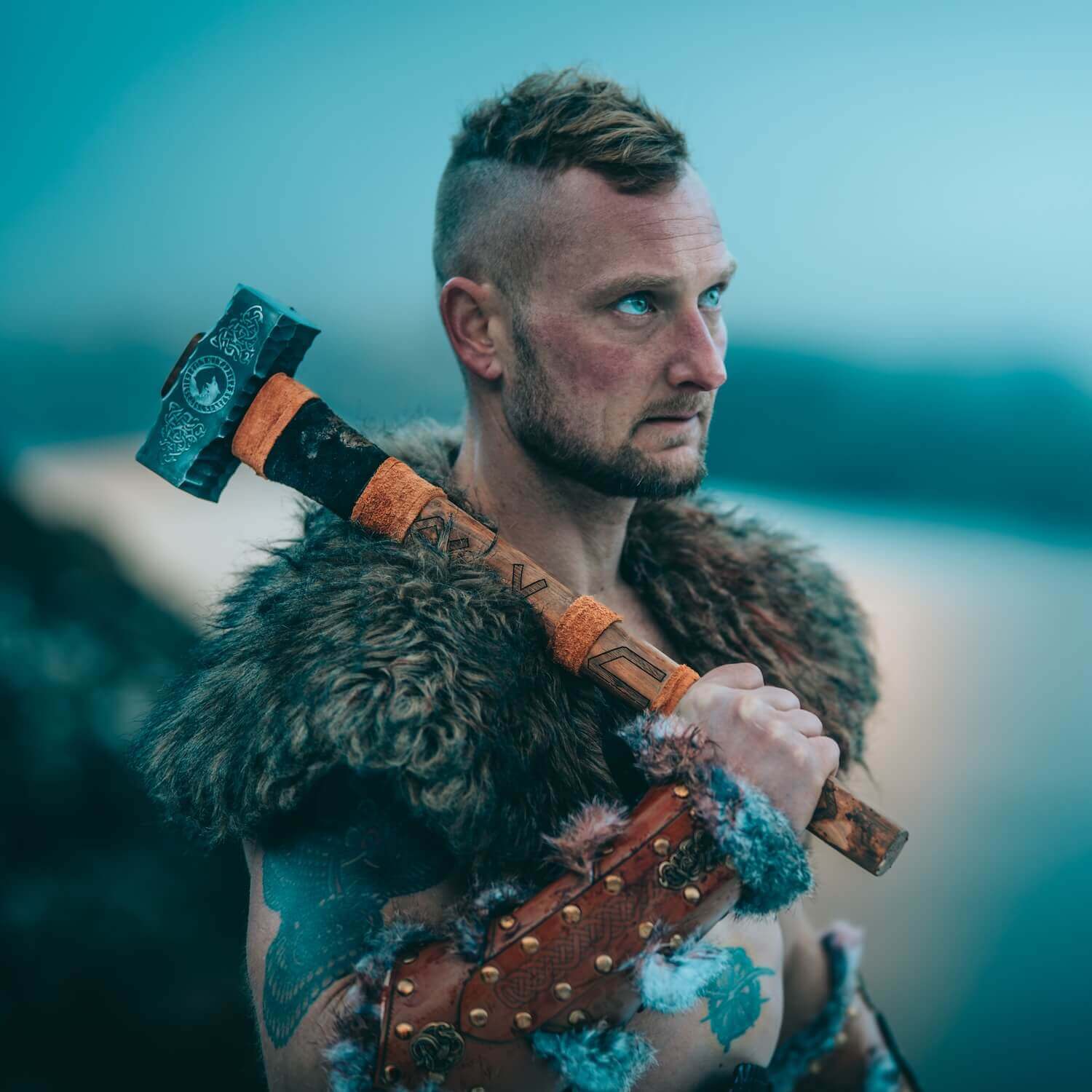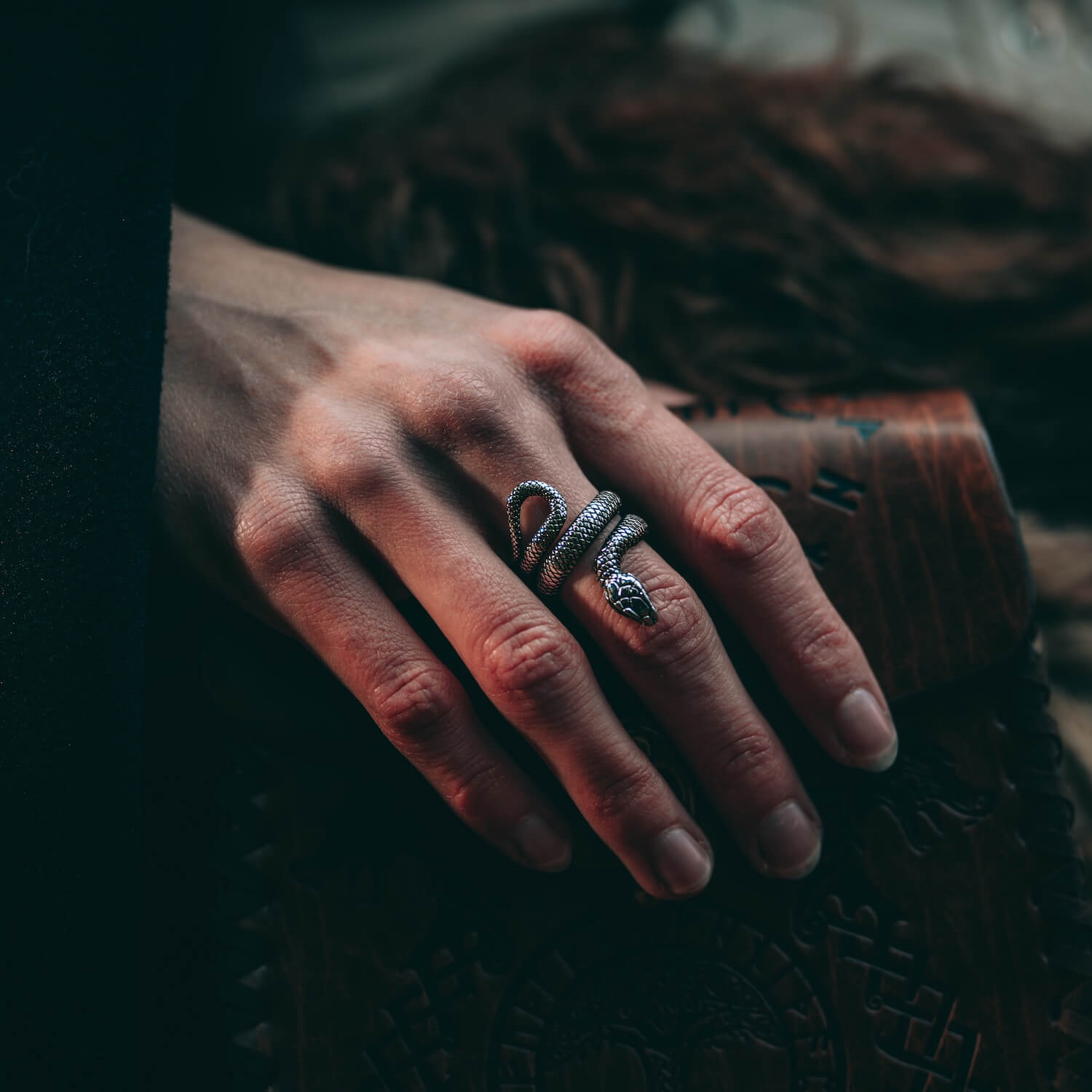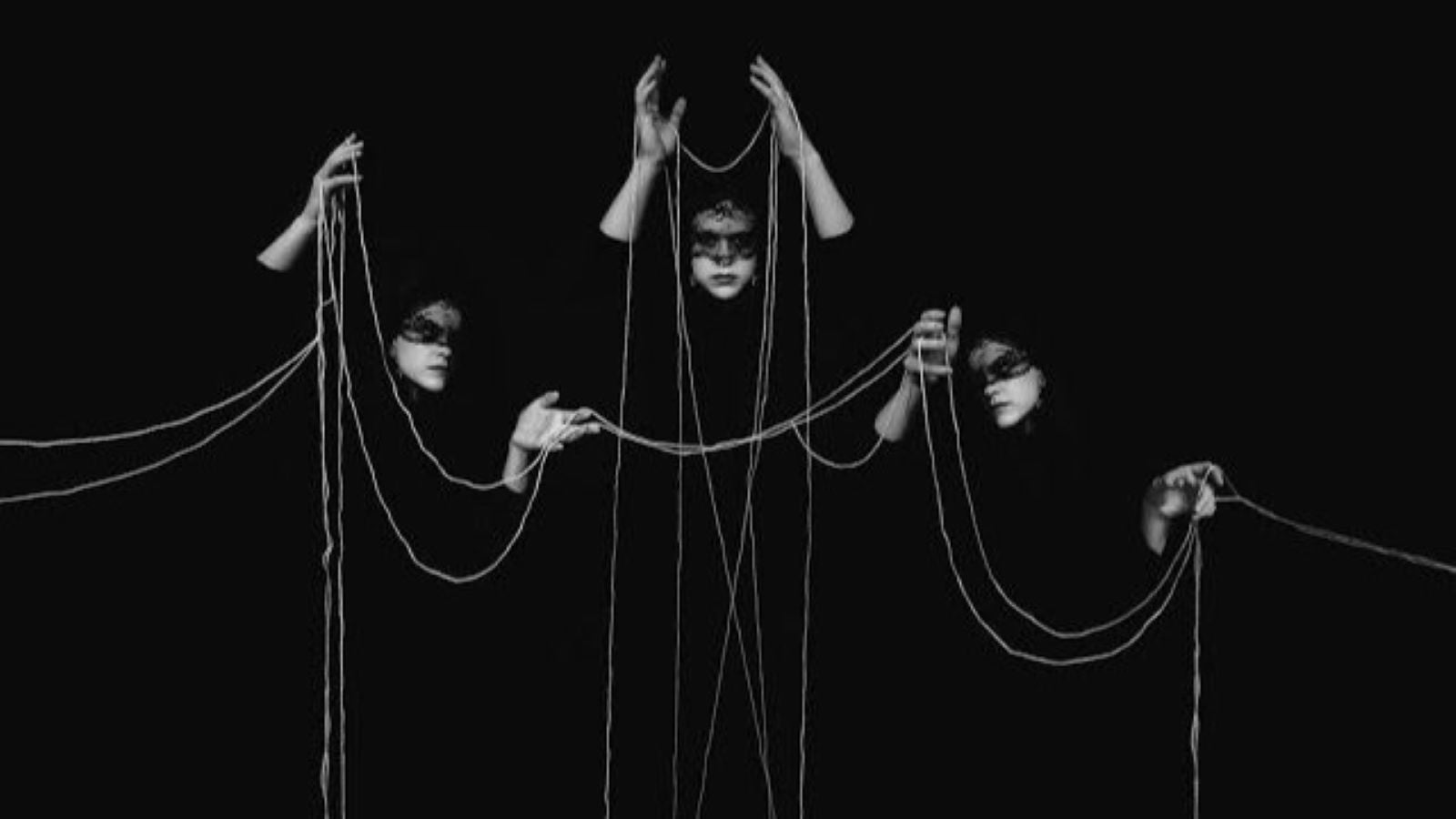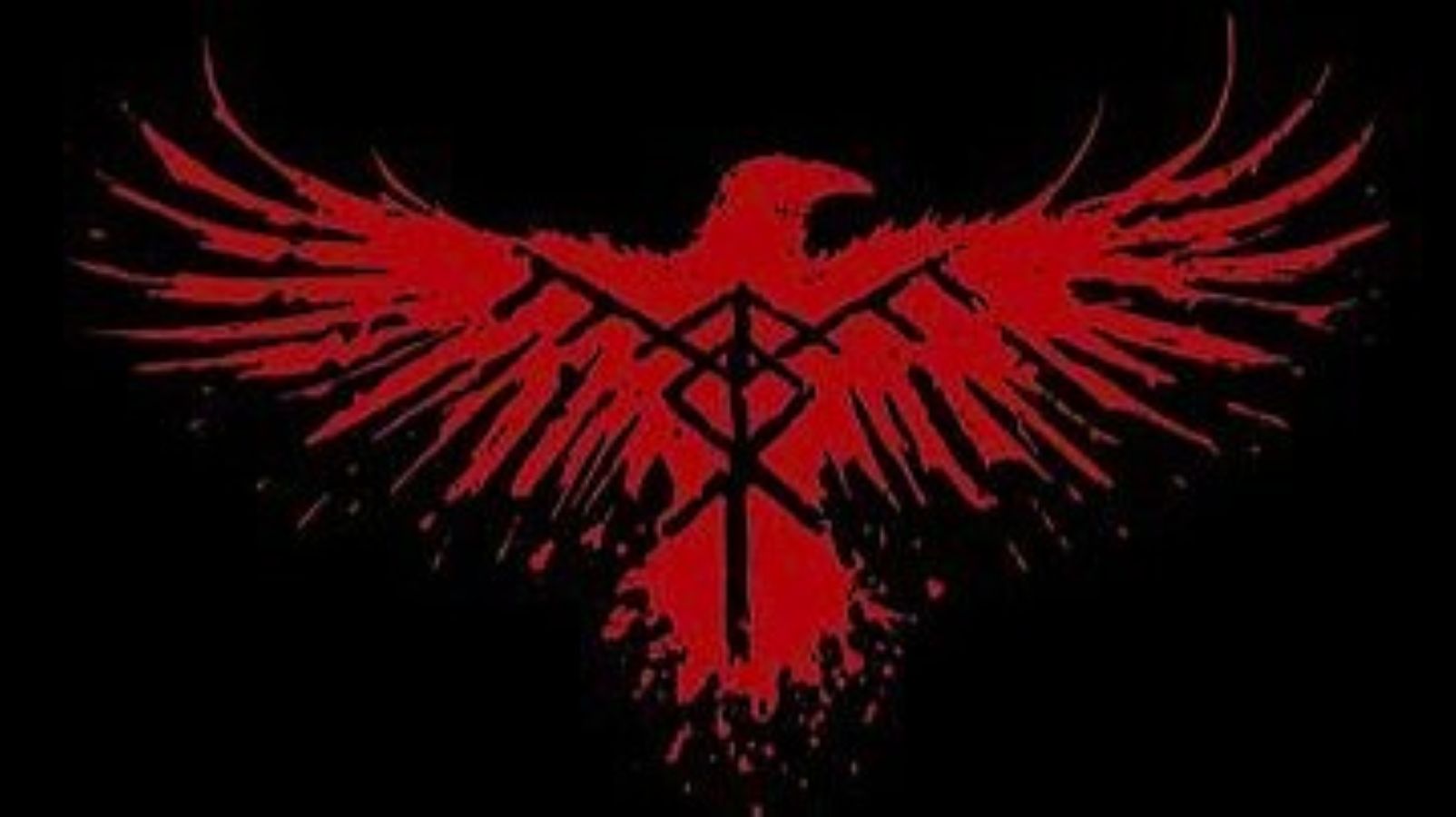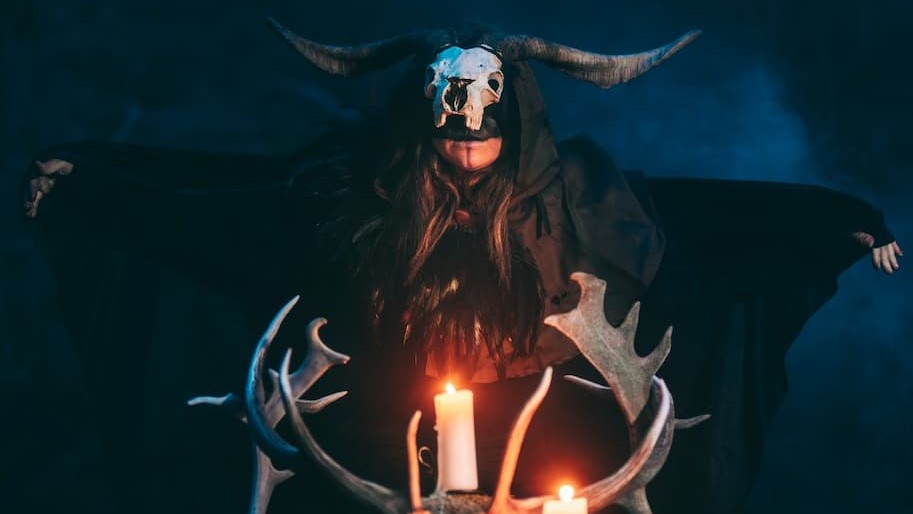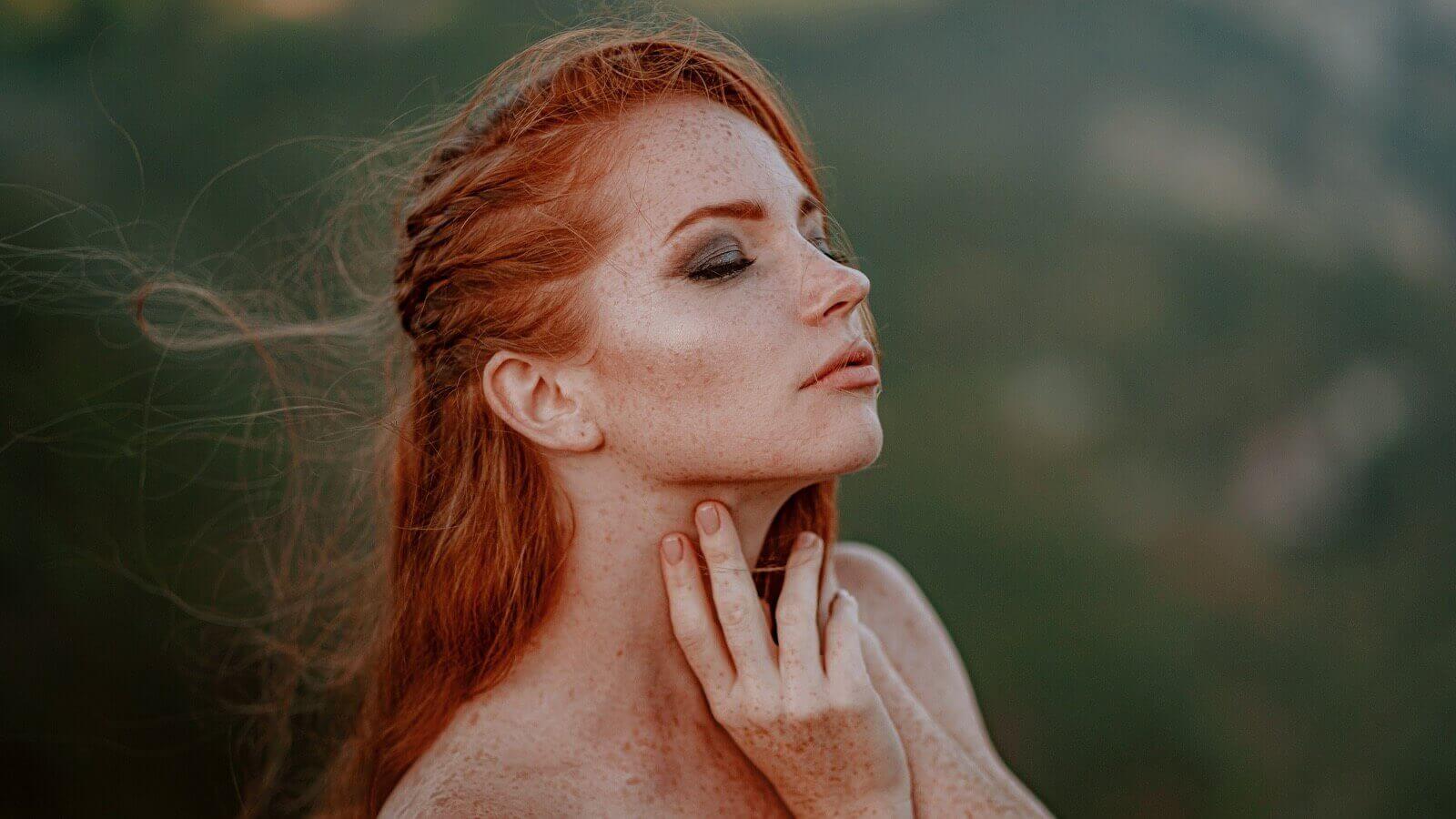
Shield-maidens and Their Legacy
In 1889 a grave of a Viking warrior was discovered in Birka (present day Sweden). The skeletal remains were surrounded by weaponry of all kinds: swords, axes, arrows, spears, and even the bones of two horses. It was an undisputed fact that this was a well renowned warrior, and perhaps even a commander. What set this find apart, however, wasn’t to be discussed until 1970, and even then, not confirmed until 2017: this warrior was a female.

The topic of shield-maidens in ancient norse culture has been a hot button issue: even after the DNA evidence from the Birka grave, people began to doubt if the grave really was that of a warrior. In his book, “The Children of Ash and Elm” The renowned archaeologist Neil Price answers the question "did shield-maidens really exist?” and gives several compelling reasons as to why we can believe that the female Viking warrior was not a myth.
He first cites the Poetic Eddas. While these poems and stories may be taken historically with a grain of salt, the abundance of times that shield-maidens are mentioned has to give pause to the reader: if it was something so out of the ordinary, why was it so common in the text? Those women were often fighting alongside men, and sometimes were even in command of armies.

The most compelling evidence, however, comes from the archaeology itself, in what Price calls “empirically observable Viking-Age reality” (Price, 2020). The Birka Warrior, one of many such graves shows incontrovertibly that female warriors not only existed, but were so well accepted and respected by their society as to honor them with such burials. Price solidifies his argument in reference to male graves with similar arfitacts, “we must ensure that the same standards of data, evidence, and logic should apply regardless of sex...” (Price 2020).
What, then, is the legacy of these warrior women? What did their deeds and actions carry on to our generation and beyond? What keeps them from fading into the past as just another relic of history? For a more informed opinion, we interviewed several women of Norse descent, and asked them what it meant to them to know about these women, and have them as part of their lineage.
The answers varied, but the tone was very much the same, “I love that I have badass foremothers who fought for their people,” one said; “It gives me strength when I have to do hard things.” another stated; “It’s really cool in a time that we think of as mostly male dominated to have these amazing women out there doing the same thing as the men, and being given high honors.”
While we may not know their names, the legacy created by these impressive female warriors carries on today in the lives of their descendents and all those who read and are inspired by their stories. In that way, they have very much entered Valhalla, living on in glorious battle, serving as inspiration for generations of warriors to come.
Works cited:
1. Price, N. (2020). Children of Ash and Elm: A history of the Vikings (p. 329). Basic Books.

